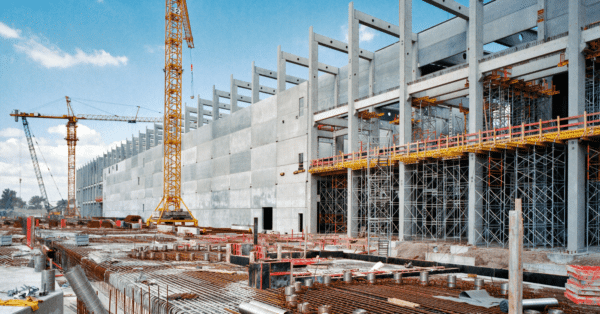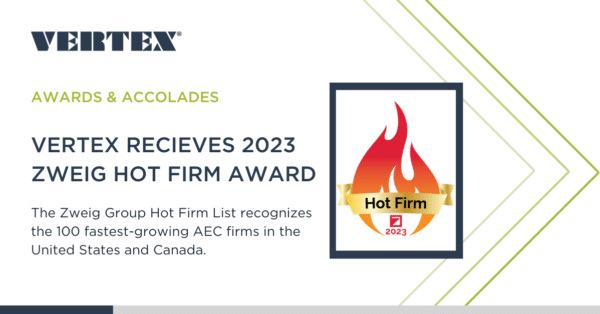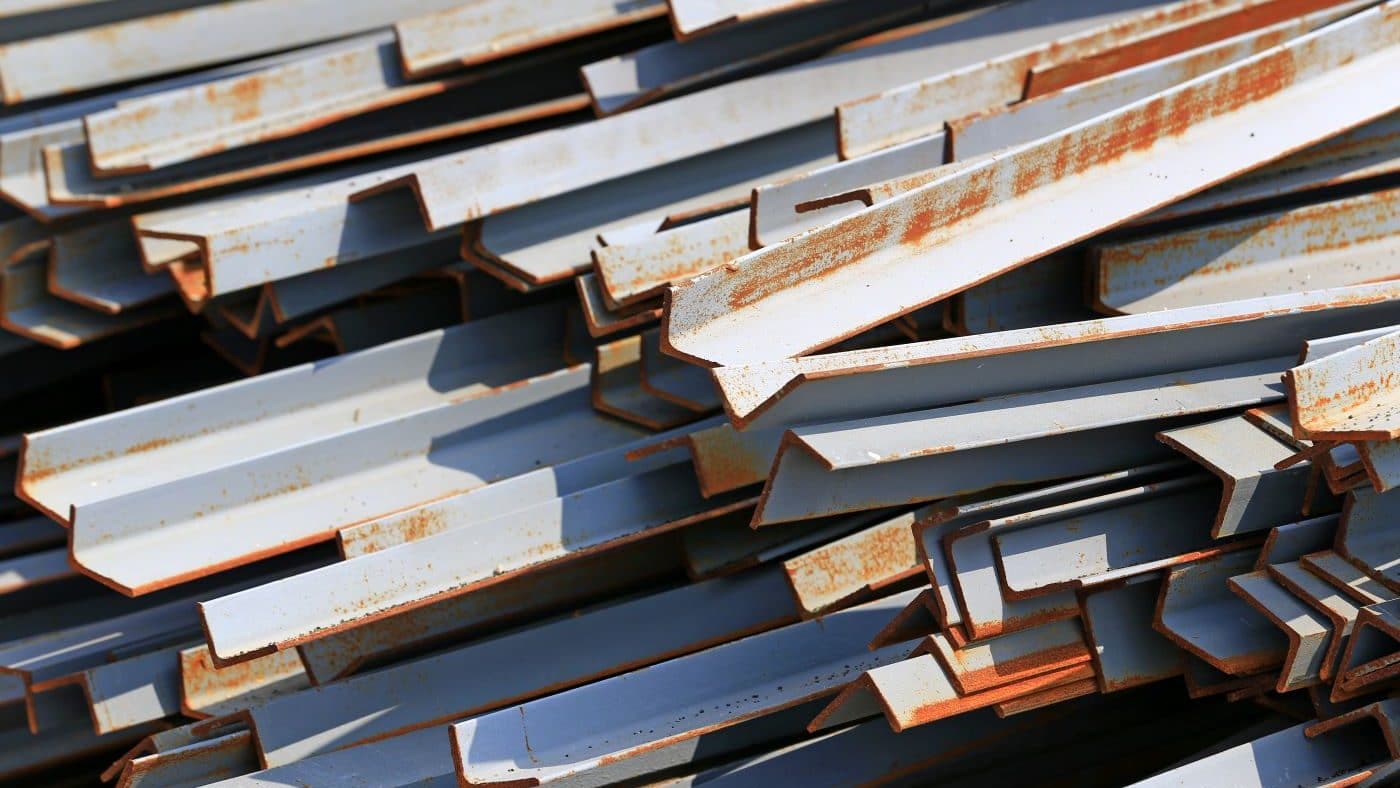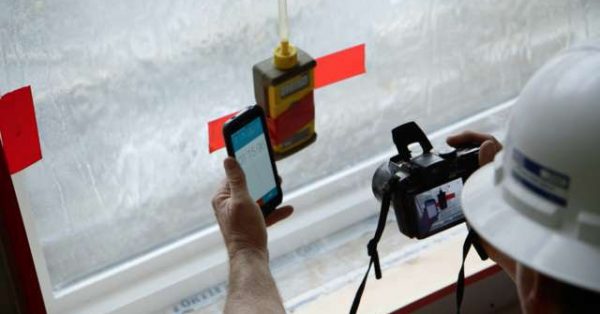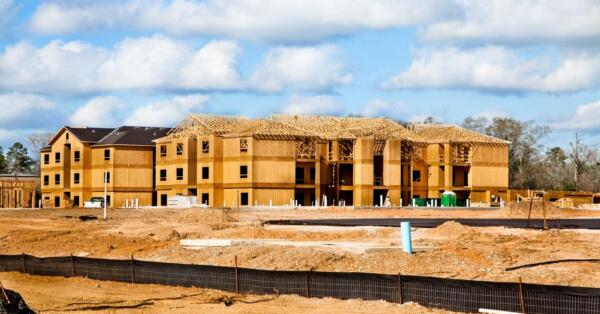In this industry, we know quite well that Mother Nature can be tough on buildings, even in generally temperate regions like California. The main purpose of any built structure is to shelter us from the harshest of conditions, to act as a shield against cold, heat, water, exposure, and wind. While it is possible to create a structure out of almost any solid material, selecting the right building materials and practices for a specific project makes all the difference when it comes to determining how it will stand the test of time.
VERTEX’s team of consultants are regularly called on to investigate when problems arise in a building, often many years after construction or renovation work has been completed. Usually, it’s when owners or residents begin to notice warning signs like corrosion or discoloration.
As a forensic architect, I had a recent assignment at a coastal home in Del Mar, CA that involved diagnosing problems with corroding trim, flashings, and deck hardware and advising on repair recommendations.
The root of the problem came from a common mistake: poor choices in building materials.
Think of material selection as a sub-category within the larger field of construction quality assurance. As QA and building envelope consultants, we scrutinize for design mistakes involving materials during our plan reviews. We also inspect buildings forensically, often finding problems that can be attributed to either the wrong material selections or to a failure to adequately maintain the materials.
Builders and designers who aren’t experienced in this matter can mistakenly omit or value-engineer away the materials needed to match the building’s lifecycle goals. Those who do know often face another challenge – communicating the need for a specific building material to the owner or project manager who are trying to keep costs down. Of course, it doesn’t help that the result of selecting the wrong material usually manifests years after construction.
Building Materials & The Environment
In order to adequately prepare a building and its inhabitants for all possible weather conditions, it is important to have a true understanding of the climate – as well as micro-climate of the site. California is unique in that we have a broad range of macro- and micro-climates, from the hot dry deserts to snowy mountains to temperate coasts. Experienced contractors understand that what works in one region may not work well in another.
Poor building material selection usually causes problems in the building’s envelope; those are the parts exposed to the elements. These problems can range from failures in waterproofing to a shortened lifecycle of the components and systems. Either way, owners are paying more in the long run.
Most laymen would think that San Diego’s temperate weather would make material selection easy. That is not the case if the building is in close proximity to the ocean, as was the case in my recent assignment. Buildings near the beach are subject to heavy corrosive forces from the seawater spray and other compounds (chloride, sulfate, calcium, magnesium, potassium, etc.) carried in the moisture.
One of the best ways that I’ve been able to explain to clients who have properties close to the beach is that you’re not constructing a traditional building, but instead you’re building a boat on land. Marine grade materials are essential because the entire exterior will be continuously exposed to salt-based moisture, which can quickly corrode traditional building materials.
In this example, the metal materials used in the beachfront property should be resistant to salt-based corrosion. Consider these options, ranked by efficacy:
- Copper and A316 stainless steel hold up best in this environment.
- Next in line are A304 stainless steel and aluminum, since A304 will eventually corrode and aluminum is subject to surface pitting and electrolysis.
- Next would be the coated steel products, such as hot-dipped galvanized, coated galvanized iron products and galvanized Iron. These products rely on their coatings to protect the underlying base metal materials.
- Last would be the uncoated iron products, such as Corten Steel which are designed to rust and use the rusting layers to try and protect the underlying materials.
What is not often accounted for is the build-up of the corrosive materials. For example, a house window made with vinyl won’t corrode, and when it gets wet it is designed to drain water through weep holes at the bottom of the frame. Those weep holes end up being places where the corrosive compounds concentrate and discharge, sometimes onto other building surfaces.
On the other extreme, deserts in California, Arizona, and Nevada are usually as dry as they are hot. Building enclosures in a desert don’t require marine-grade metal to deal with water-based corrosion, but there are other environmental forces to consider. The desert usually has low moisture, so metals do very well, but other materials can’t take the high heat and ultraviolet exposure. For example, UV rays deteriorate polymers and they become more brittle over time. Most of us have probably dealt with a broken plastic lawn chair as the result of sun exposure. While that is inexpensive and easy to replace, window components that have been UV-deteriorated are not.
Impact of Material Selection on Building Maintenance
While the choice of exterior materials is driven by numerous factors (such as aesthetic appeal, thermal performance, or structural capability), the maintenance and durability of the products should also be considered carefully. Owners who end up using the least expensive components sometimes find out that their upkeep costs dwarf the price difference in getting upper-end materials.
Sometimes the best material selections have high initial costs, but lower maintenance costs and longer lifespans. For example, coated galvanized iron products have a lower initial cost, but higher maintenance costs and shorter life spans. The lifespan can get cut further if maintenance painting is deferred and the corrosion process begins. But if a builder used A316 stainless steel instead, the only maintenance needed would be periodic cleaning.
This is not to advocate for the owner always paying top-dollar. In many scenarios, basic traditional construction materials and components can work adequately for the owner’s needs and have a good lifecycle with proper maintenance.
There are a lot of nuances to consider when selecting materials for a project. As with so many aspects of construction, careful decision-making and the advice of experienced professionals goes a long way towards preventing future problems.
To learn more bout VERTEX’s Construction and Engineering Design services or to speak with an Expert, call 888.298.5162 or submit an inquiry.
Author: Thomas Jenkins, AIA
This article was originally published by Xpera Group which is now part of The Vertex Companies, LLC.



